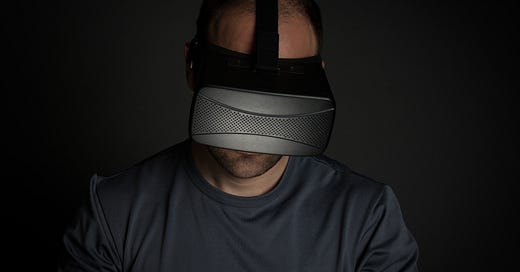The Pornography Problem
Porn is almost unavoidable online, and the problem is only getting worse
To ask seventy young adults what they think about pornography is to receive seventy-one different opinions. We saw this first-hand when talking to groups of young women and men in Philadelphia. The discussion was earnest, eye-opening, and unsettling. It is clear that the problems that pornography present have become so much more complicated, and even mo…
Keep reading with a 7-day free trial
Subscribe to American Storylines to keep reading this post and get 7 days of free access to the full post archives.




